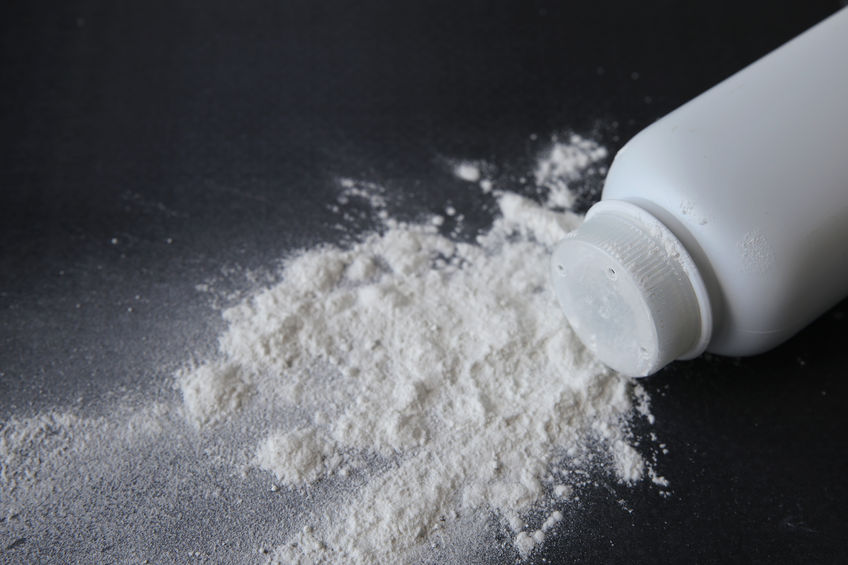
The recent developments in personal injury related cases have triggered an age old debate – how reliable are manufacturers’ claims for personal care products? While there are regulatory authorities and scientific research norms to be followed, is the system foolproof? As much as one would like to believe so, if the two recent verdicts against Johnson & Johnson are anything to go by, this might just be the beginning of a hole that leads to many loopholes and dangerous scenarios, at the cost of the consumers’ health and in extreme cases, even life.
The case
A jury in St. Louis has awarded a total sum of $55 Million to an ovarian cancer patient, Gloria Ristesund, who had sued J&J claiming that the talc she used produced by the company is the triggering cause of malignancy. In the same court, a jury had already awarded $72 million to the family of Jacqueline Fox, the victim of ovarian cancer who had passed away and the family had similar claims against the company. There had also been another case where the jury decided J&J was guilty but did not award any monetary compensation to the victim.
But this is only the beginning as the company is currently facing more than 1,400 lawsuits over its baby powder product.
The victim’s story
According to the claims made in the lawsuits, the ingredients of the talc produced by J&J create the risk of triggering malignancy in humans, particularly ovarian cancer in women. And the company, according to the claims in the relevant lawsuits, failed to warn its consumers of the potential risk even though that risk was known for years. This is indeed a serious claim. Mark Lanier, a lawyer who represented some of the litigants said that J&J has been well aware of this potential problem for decades now. His claims suggest that the documents associated with research for the product ingredients back in the ‘70s clearly show the potential correlation between ovarian cancer and the talcum powder. It also shows that J&J was concerned about this possibility. And yet, gave no warning or even attempted to inform consumers of that potential risk.
The company’s argument
However, J&J has a different narrative altogether. It counters both the levels of accusation by stating that multiple research experiments showed that there is no definite correlation between ovarian cancer and usage of the ingredients in the talcum powder produced by the company.
J&J also claims that given these facts, the labelling on the product has been accurate and hence, the claims against the company are not supported by the facts.
The neutral viewpoint
Given the conflicting arguments, a neutral source of data would be nice. Enter The American Cancer Society which states that the some studies involving the usage of talcum powder by women in the genital area has been associated with higher levels of risk for triggering of ovarian cancer while other studies showed no increased risk.
Secondly, the credibility of the company itself should be factored into an assessment of its claims. J&J already faces US Government investigations involving off-label prescription drug marketing. Add to that other recent lawsuits over defective hip and knee implants along with other notorious cases such as those involving Tylenol, and J&J’s image as a clean trader comes into question.
Even if only some studies suggested an increased risk of ovarian cancer, J&J should have warned consumers of the increased risk. Given the 1,400 talcum powder lawsuits already filed, the two recent multi-million dollar talcum powder verdicts may be just the tip of the iceberg and J&J may be at risk of billions of dollars of losses in upcoming proceedings.
Help for the innocent
If anyone around suspects that they could have been wronged by the company, it would be wise to get in touch with experienced defective product attorneys.
The article was written by Military Trial Defenders, you can get more info about military justice process from their blog post.
